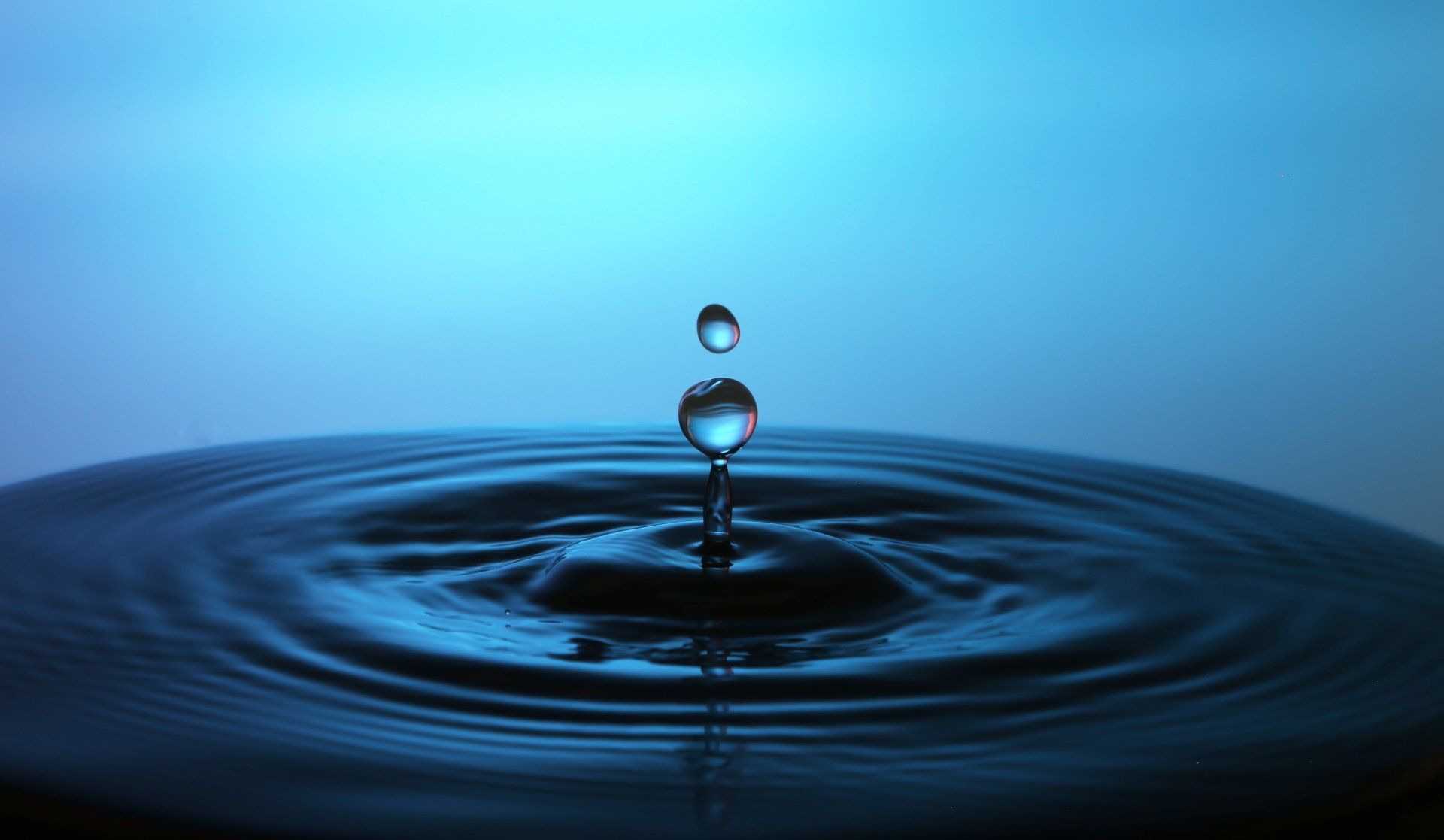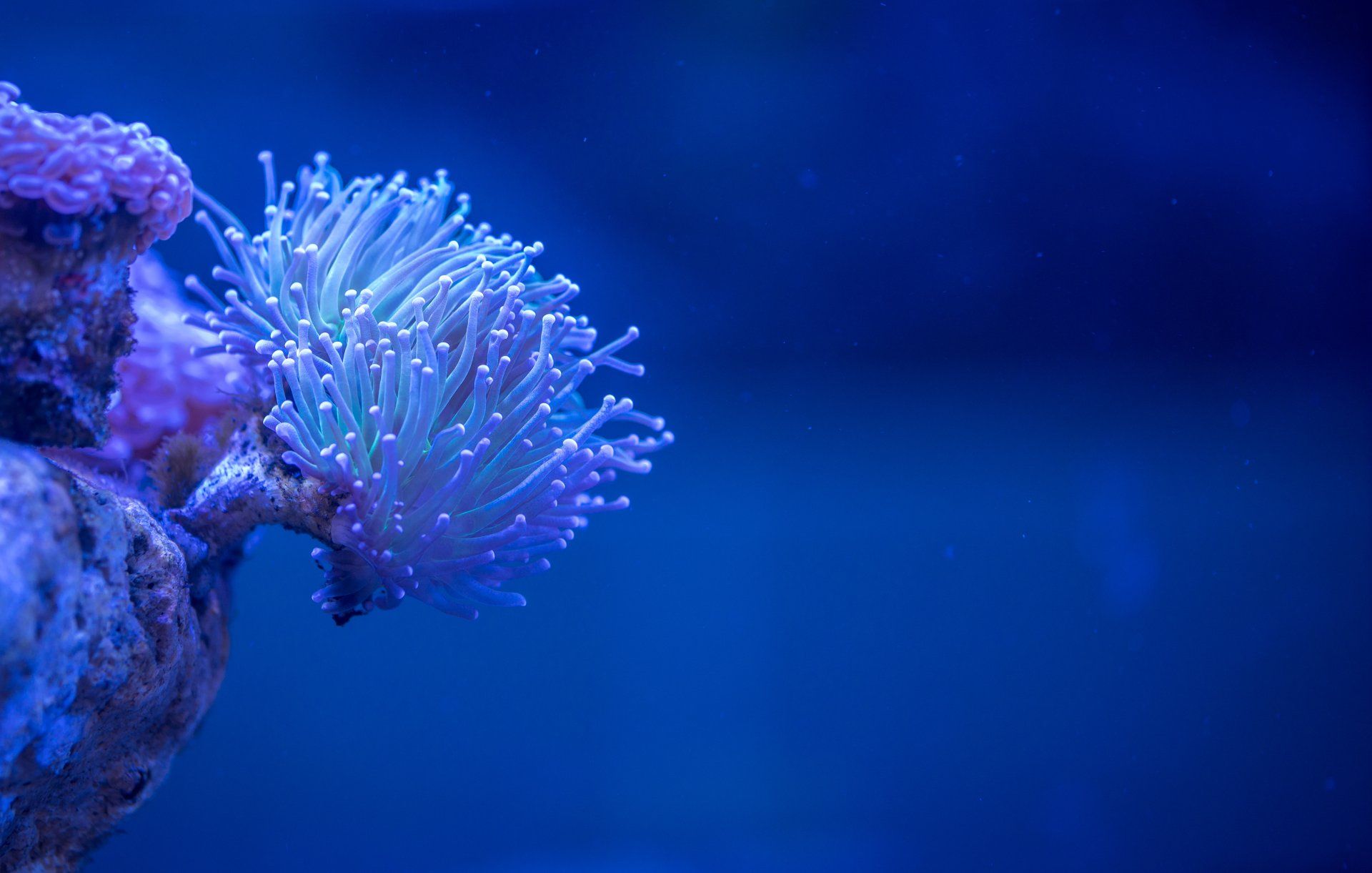Reliable purification systems for shelters

As natural disasters and other emergencies become more frequent and severe, it is essential for shelters to have reliable purification systems in place to ensure the safety and health of those seeking refuge.
One popular option for purification is reverse osmosis, a process in which water is forced through a membrane to remove impurities. This system is effective at removing bacteria, viruses, and other contaminants, making it ideal for emergency situations.
Another option is ultraviolet (UV) purification, which uses UV light to kill bacteria and other microorganisms. This method is especially effective at eliminating waterborne illnesses, such as cholera and typhoid.
In addition to these systems, shelters can also utilize water filtration systems that use activated carbon or other materials to remove contaminants. These systems can be used to treat both drinking water and water used for showers and other purposes.
It is important for shelters to regularly test and maintain their purification systems to ensure they are functioning properly. Regular maintenance and cleaning of the systems can prevent breakdowns and ensure that the water being provided is safe for consumption.
Furthermore, shelters should have backup purification systems in case of failure or in the event of a sudden influx of people. This can help prevent water shortages and ensure that everyone has access to clean water.
In conclusion, purification systems are crucial for shelters during emergencies and natural disasters. By implementing reliable systems and regularly maintaining them, shelters can provide clean and safe water for those seeking refuge.




